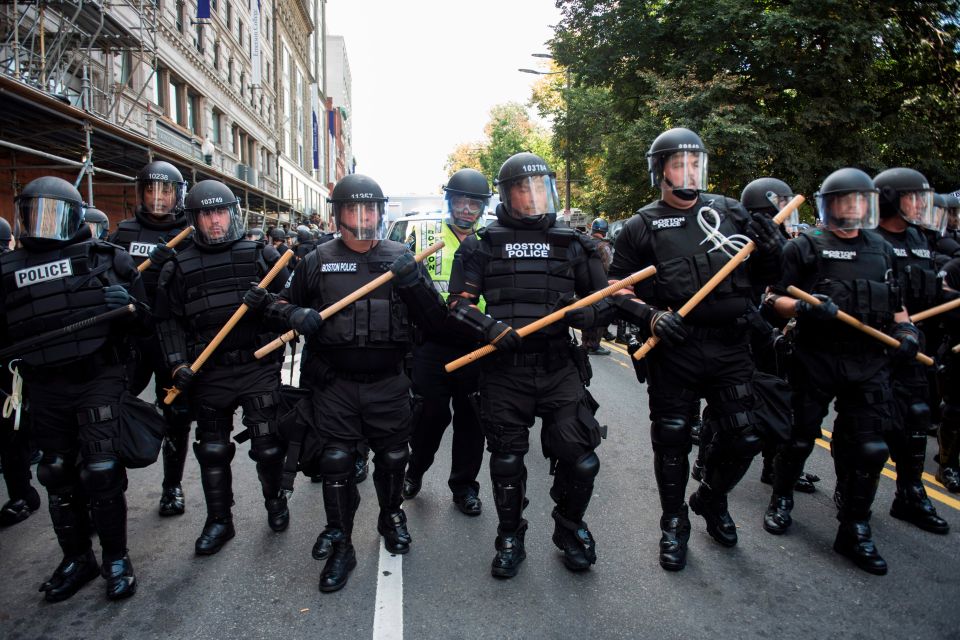History is marked by the infamous Boston Police strike of 1919, which sparked an uproar across the country and confirmed the growing influence of unions in American life.
As society changed in the 20th century, the police were expected to act more professionally, some of their earlier practices were no longer approved of.
Explanations such as those later given by the Dallas police chief in defense of his unorthodox tactics such as “Illegality is necessary to preserve legality” were no longer acceptable to the public.
The police forces were incorporated into the civil service framework and even received training for the first time. Soon the American Federation of Labor (AFL) began creating local police unions.
When the Boston Police went on strike on September 9, 1919, the nation’s major newspapers sounded alarm bells, some falsely reporting that gangs were running amok and attacking women throughout the city, others saw it as evidence of the spread of communism. In reality, the strike caused extensive property damage, but did not seriously jeopardize the safety of the community, in part due to the government’s quick response.
Calvin Coolidge, Governor of Massachusetts at the time, called in the militia to help Harvard students and faculty who were acting as a volunteer force.
While the Boston police strike proved disastrous for the unions in the short term, the police were eventually allowed to form unions. However, it is illegal for the police to go on strike, and even informal labor actions such as “blue flu”, in which large numbers of police officers call in sick at the same time, are strongly discouraged.

